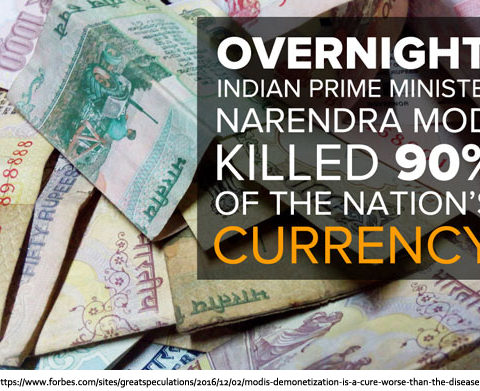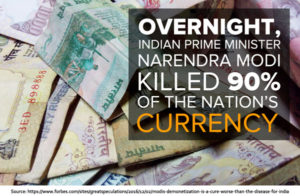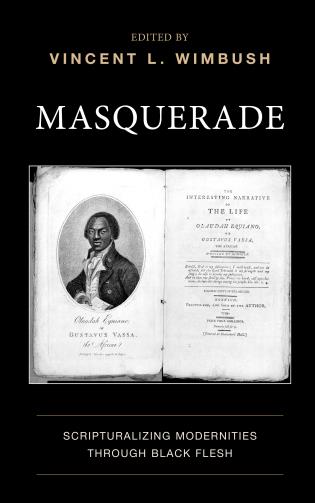
Reflection on ISS 2017 Annual Meeting – P. Kimberleigh Jordan
March 18, 2017
ISS in South Africa
September 22, 2017Reflections from ISS@Charlotte – Lalruatkima

Last year on November 8, while Americans queued at the polling booths to elect a new president, the Indian prime minister Narendra Modi interrupted the citizens of his country just getting around to call it a night with a nationally televised announcement that the 500 and 1,000 rupee notes would be taken out of circulation within the next three hours. The next morning, Indians woke up to realize the effects of Modi’s demonetization. Cash transactions were restricted to the smaller denominations. Banks were overwhelmed with people rushing to deposit their cash holdings before government issued deadline(s) after which the demonetized notes would not be accepted. Long queues wove around ATMs as people waited to withdraw limited amounts of cash in smaller denomination. The front-page headline of the Times of India on November 9, 2017 captured the mood rather wittily: “America counts votes while India counts notes.”
As the effects of demonetization continue to dominate the headlines in India, conversations with ISS friends and colleagues in Charlotte helped frame the anecdotal reports coming in from across the country as starting points for more analysis; three of these trajectories stand out.
What is the significance of a currency note, a piece of paper with the appropriate inscriptions, that tenders more value than its worth as paper? Cash marks a significant development in human transactions and how value is fixed. That the Modi government might have unintentionally unmasked the technics of this human activity seems to have been lost amid the heightened reactions to the far reaching effects of demonetization. Moreover, that one set of inscriptions replaced an older set of inscriptions in the new 500 and 2,000 rupee notes only underscored the pliability of the value/meaning invested in a piece of paper.
Who then gets to fix value? Modi bypassed the executive, legislative, and judicial branches of governance when he announced the move to demonetize. Although an elected head and his inner circle of advisors can be singled out to have gotten the ball rolling, it took a nation of citizens to play the game. A consenting electorate of transacting consumers validated the myth of a monetized script signified with value as legal tender. The latest demonetization narrative has shifted to a cashless economy and e-payments. Even if physical currency were totally phased out of circulation, e-payments only underscore shifts in the field of significations. As an ISS@Charlotte attendee had suggested, what might the analytical terrain of scripturalization and big data look like?
The resilience of Modi’s demonetization, despite daily reports of its negative effects coming from across the country, depended on an undergirding narrative web. Modi’s initial rationale—“terrorist” organizations exploiting counterfeit currency—is long forgotten. The narrative has moved since to curbing “black”(!) money, to sever the link between cash transactions and corruption, and most recently to push India toward a cashless e-economy. On their own, each of these rationales could rally enough consent. Any modicum of achievement will inevitably reinforce the myth of “nation” and governmentality. The documentary film 13th was a timely reminder of the urgent need for critical vigilance with regard to the narratives that spin the worlds we inhabit.



